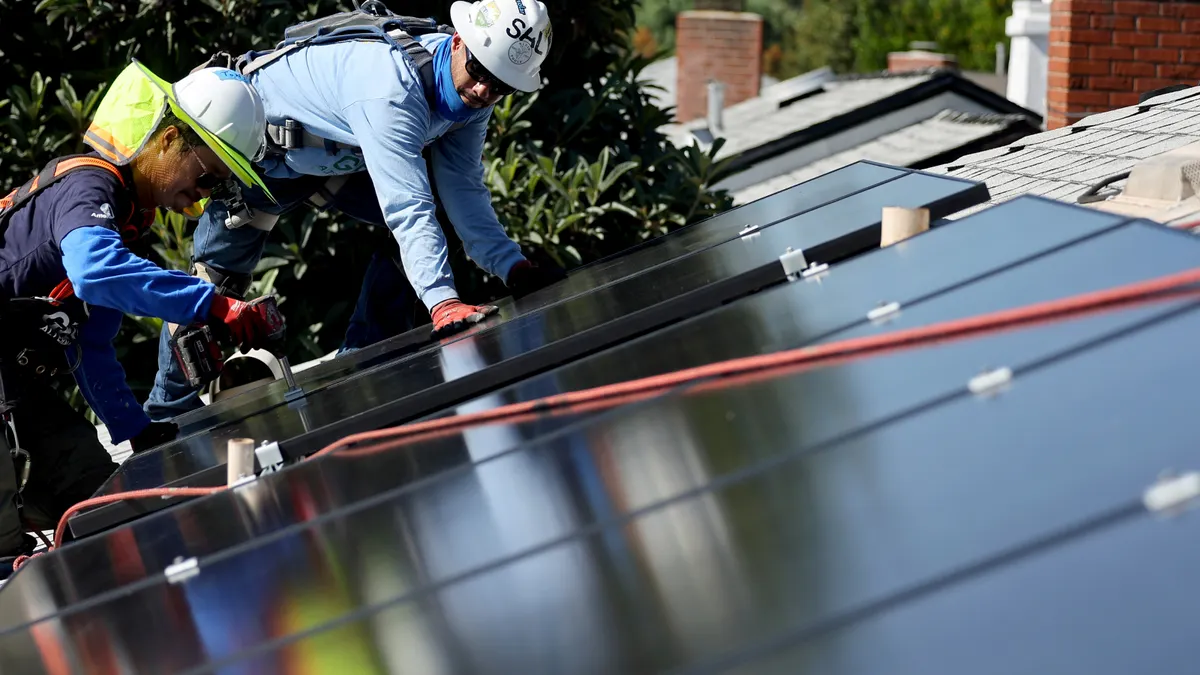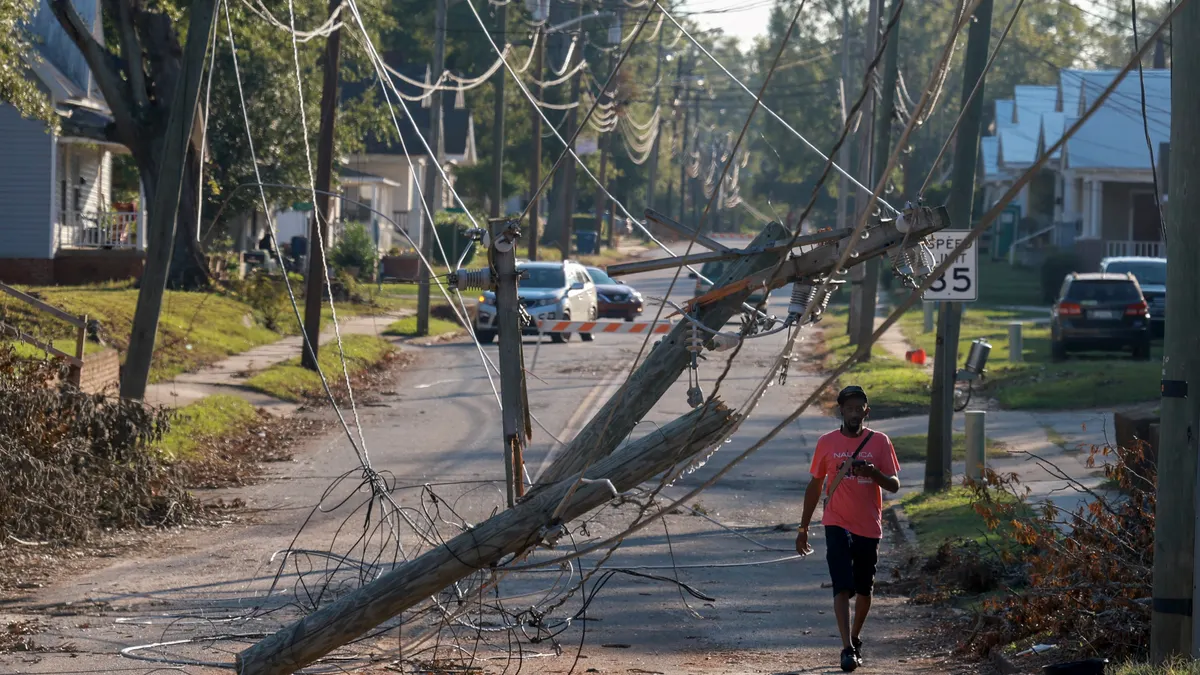Editor's Note: This piece was written by Keith Teichmann, CTO of Delta Energy & Communications. The opinions represented in this piece are independent of Smart Cities Dive's views.
The global market for smart cities is expected to be a trillion dollar market by the year 2026, with the number of connected devices alone reaching 24 billion by 2020. Advances in communications, information technology and the explosive growth of the Internet of Things (IoT) have come together to give rise to this new age where everything from our transportation to our water supply is connected to make cities more efficient and better places to live.
For cities around the world, there are endless opportunities to leverage this multi-billion-dollar market of innovative and connected products — and many are already doing so. For example, Paris has launched an electric car sharing program where the connected vehicles can be tracked via GPS and drivers can use the car's dashboard to reserve parking spaces in advance. In San Diego, the city is addressing traffic congestion using cameras built into connected streetlights to monitor pedestrian traffic and reroute cars during peak hours.
In particular, the rapidly expanding implementation of smart architecture and infrastructure is shaping the functionality and future of the smart grid. Utilities can tap into real-time data and have increased visibility into the operation of their systems. At the same time, their customers are empowered with information on their energy usage, which in turn can help them make choices that save them money.
Yet, the challenge to this wider implementation of the smart grid is that it requires specific technologies that support the broad and growing variety of electrical services, connected devices and digital applications. And the technologies currently in use are holding back progress — due to everything from latency issues to limited scalability.
So, how do we need to rethink our current approach to empower the smart cities of the future?
The opportunity for utilities
A smart city relies on gathering and processing large amounts of data, usually collected by sensors spread throughout the area. It is this data that enables municipal leaders to make informed decisions about how and where to provide critical services to the public. And that’s where the utilities come in. With assets deployed throughout a city and relationships with nearly every home or business owner, the utility is integral to the transformation of a city into a smart city.
The global smart cities energy technology market alone is forecast to reach nearly $137 billion by 2024. In the U.S., more than 74 million smart meters have been deployed as of 2016, and in the European Union, 72% of consumers are expected to have smart electricity meters installed in their homes by 2020, with 40% having a smart gas meter.
Given this demand, smart cities are clearly an incredibly important avenue for future growth for utilities. For example, smart city applications have the potential to generate more than $200 million in additional revenue for just one Midwestern U.S. utility.
Utilities have a real chance to step up as potential partners with the municipal leaders in cities, which will serve to further open doors for continued growth and relevance.
Rethinking the network
It’s clear that the opportunities are there for utilities, but to enable a true IoT architecture that can support our smart cities, changes need to be made. It is paramount that we construct a stable and reliable communications network, one which leverages utility analytics while also providing an accessible wireless, scalable, secure and mesh-enabled environment.
In particular, this mesh network must enable us to seamlessly integrate Wi-Fi enabled products, the preponderance of connected devices that are common to smart city infrastructure, such as smart street lighting, smart parking meters, connected security cameras, home-based automation, and more. This becomes increasingly important as one considers the possibility to securely allow personal Web-connected mobile devices to engage with the mesh network, recognizing there are more mobile devices now on the planet than people.
With these solutions, a utility can deliver and collect information from customers in real-time, leveraging a Wi-Fi-based smart grid. In addition, utilities can deliver actionable data back to customers using their digital device of choice and accessing the same wireless mesh network — of particular importance given the variety of consumer-based, Wi-Fi home-automation products available.
It’s the generation of these types of critical insights that will fundamentally change how smart cities are run and position utilities to not only help cities tackle future challenges, but also provide benefits to their customers directly.
A smarter future is on the horizon
From intelligent transportation and workforce automation, to street light control and video surveillance, our interconnected cities are already taking shape before us — but we have more work to do to fully maximize the opportunities at our fingertips.
The application of a Wi-Fi-centric smart grid strategy will not only empower utilities and their customers, but also lay the groundwork for a smarter city of the future that improves the quality of life for its citizens.

















